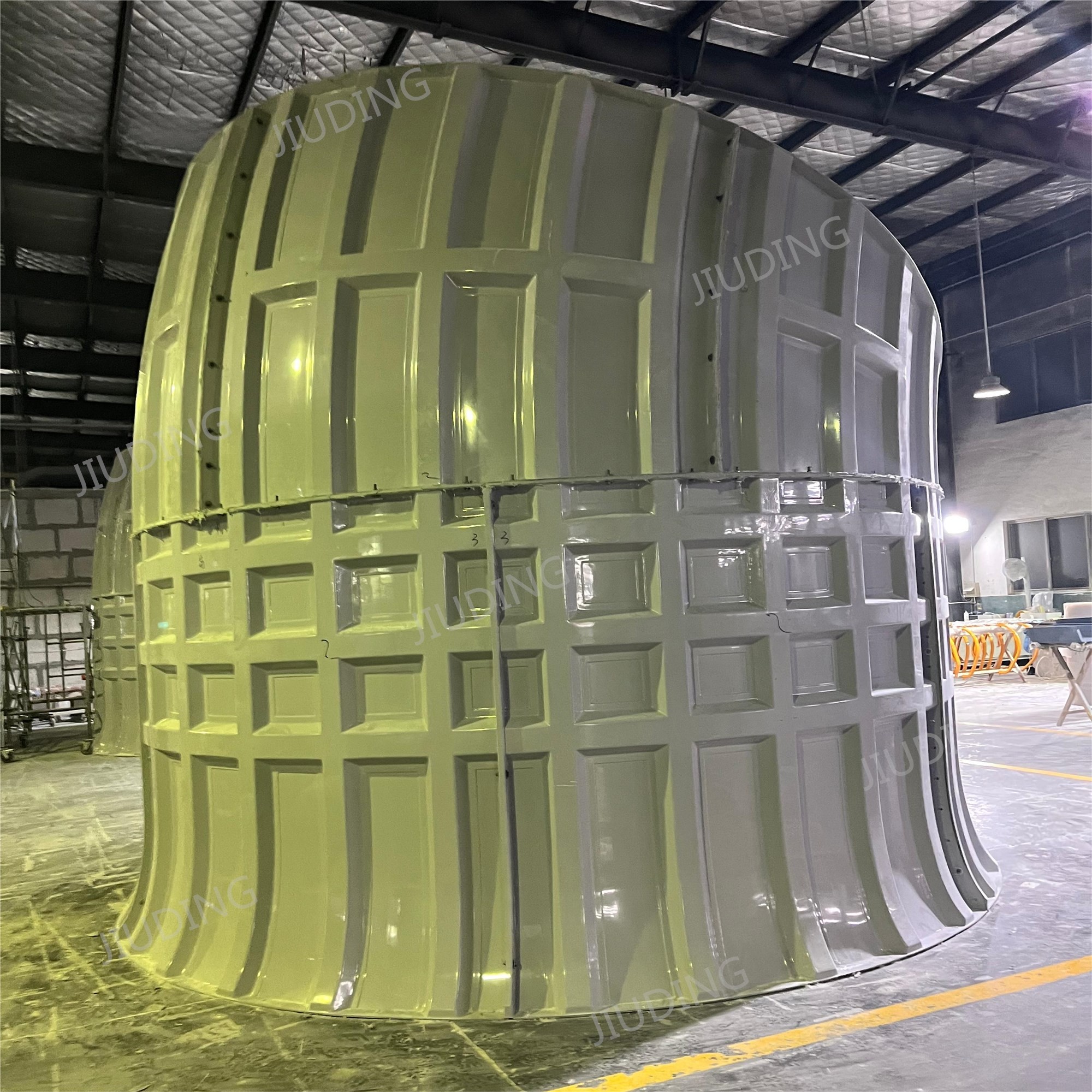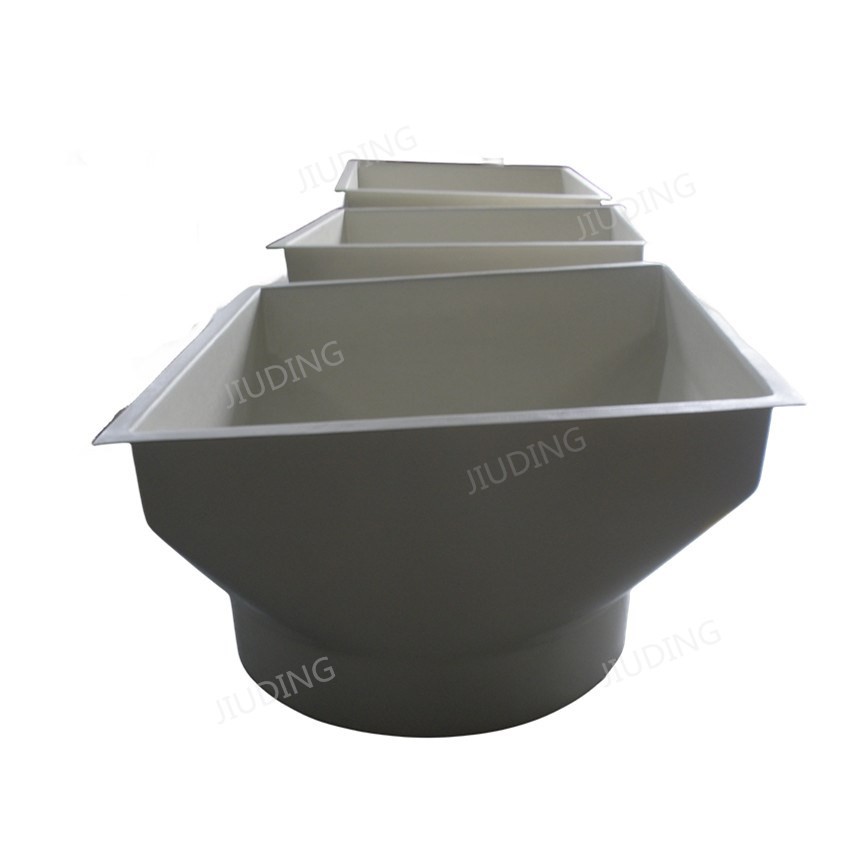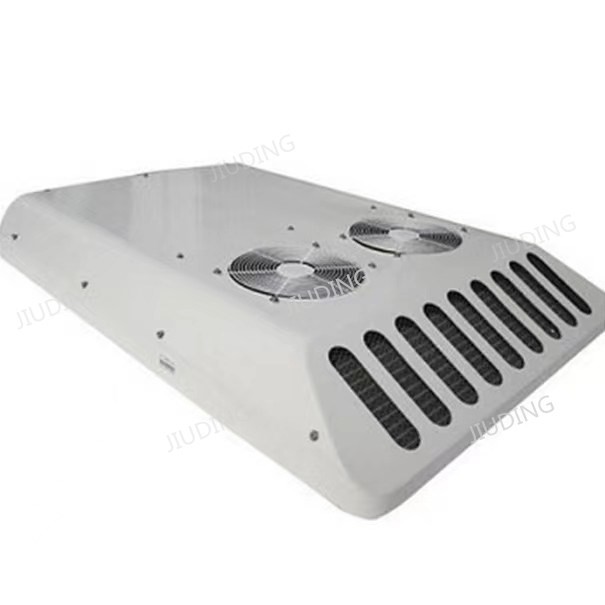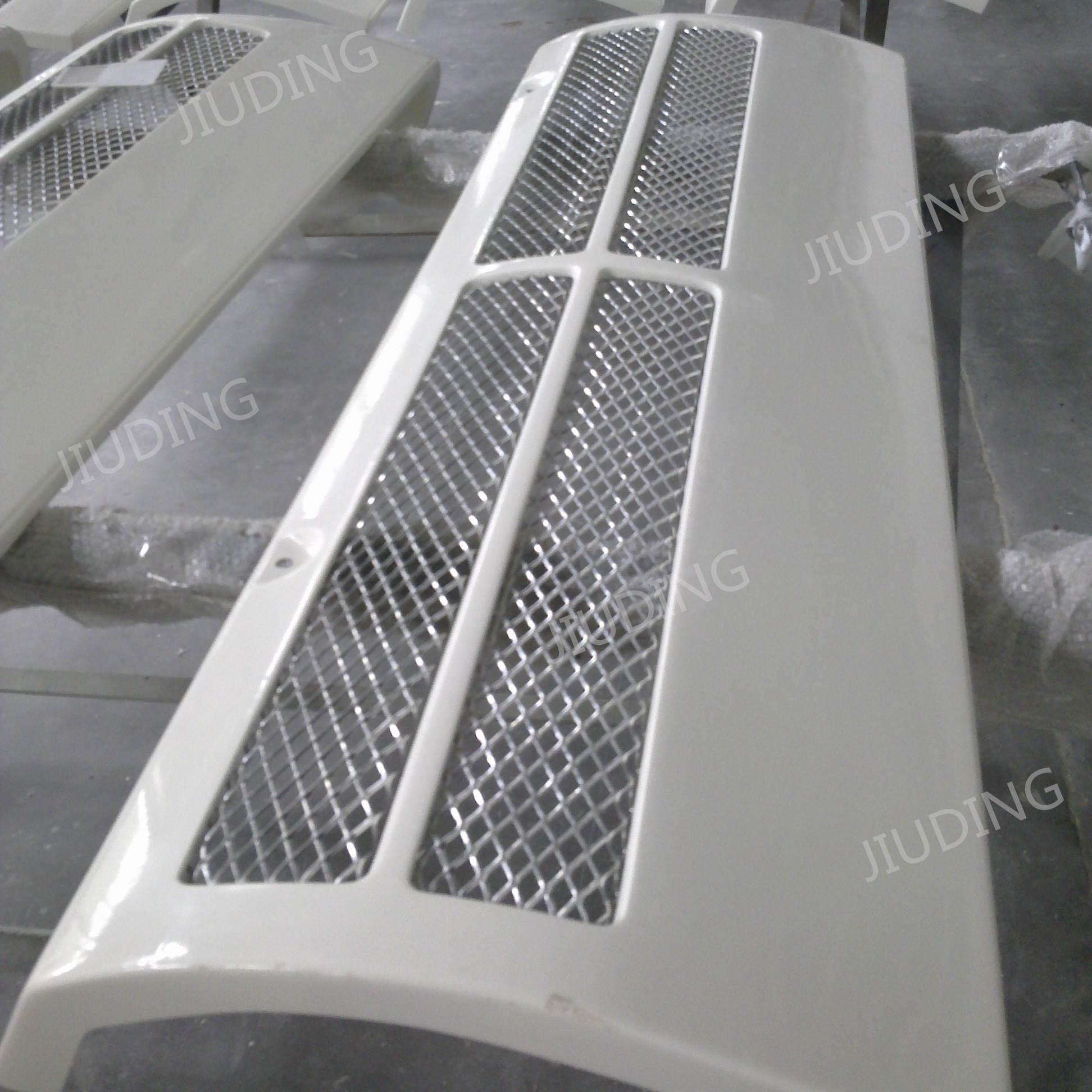frp bus roof
The roof of a bus is a critical component that plays a significant role in the overall structure, safety, and functionality of the vehicle. It is designed to protect passengers from environmental elements, provide structural integrity, and sometimes house additional features like air conditioning units, solar panels, or luggage racks. Here’s a detailed look at bus roofs:
Key Features and Benefits:
- Structural Integrity:The roof contributes to the overall strength and rigidity of the bus. It helps to maintain the structural integrity of the vehicle, especially in the event of a rollover or collision.
- Weather Protection:The primary function of the bus roof is to shield passengers from rain, snow, sun, and other environmental elements. It ensures a comfortable and safe environment inside the bus.
- Insulation:Many bus roofs are designed with insulation materials to regulate the internal temperature. This helps in maintaining a comfortable climate inside the bus, reducing the need for excessive heating or cooling.
- Aerodynamics:The design of the bus roof can significantly impact the aerodynamics of the vehicle. A well-designed roof reduces air resistance, improving fuel efficiency and reducing operational costs.
- Material Choices:Bus roofs can be made from various materials, each offering different benefits:Steel: Known for its strength and durability, steel is a common choice for bus roofs. It provides excellent protection and structural support.Aluminum: Lightweight and resistant to corrosion, aluminum is another popular material. It helps in reducing the overall weight of the bus, improving fuel efficiency.FRP (Fiber Reinforced Plastic): FRP roofs are lightweight, strong, and resistant to corrosion and UV radiation. They are increasingly used in modern buses for their durability and low maintenance requirements.
- Additional Features:Air Conditioning Units: Many buses have air conditioning units mounted on the roof to provide climate control for passengers.Solar Panels: Some modern buses incorporate solar panels on the roof to harness solar energy, reducing the reliance on traditional fuel sources and enhancing energy efficiency.Luggage Racks: In long-distance buses, the roof may be equipped with luggage racks to provide additional storage space for passengers’ belongings.
Applications:
- Public Transit Buses:Designed to accommodate a large number of passengers, these roofs often include features like ventilation systems and emergency exits.
- School Buses:Safety is a primary concern, so these roofs are built to be exceptionally strong and may include features like reinforced structures and emergency hatches.
- Tour Buses:These roofs may include panoramic windows or sunroofs to enhance the passenger experience, providing scenic views during travel.
- Electric Buses:Often equipped with solar panels or other energy-efficient technologies to support the bus’s electrical systems and reduce environmental impact.
Conclusion:
The roof of a bus is more than just a cover; it is a vital component that enhances the safety, comfort, and efficiency of the vehicle. With advancements in materials and design, modern bus roofs are becoming increasingly sophisticated, incorporating features that improve aerodynamics, energy efficiency, and passenger comfort. Whether made from steel, aluminum, or FRP, the bus roof plays a crucial role in the overall performance and functionality of the vehicle.
✧ Product Drawing




✧ Features
FRP products are widely used in the HVAC industry and can meet the requirements of different scenarios, providing reliable solutions. They can improve system efficiency, extend equipment life and have environmental performance. They meet the energy efficiency and environmental requirements of modern HVAC systems.














